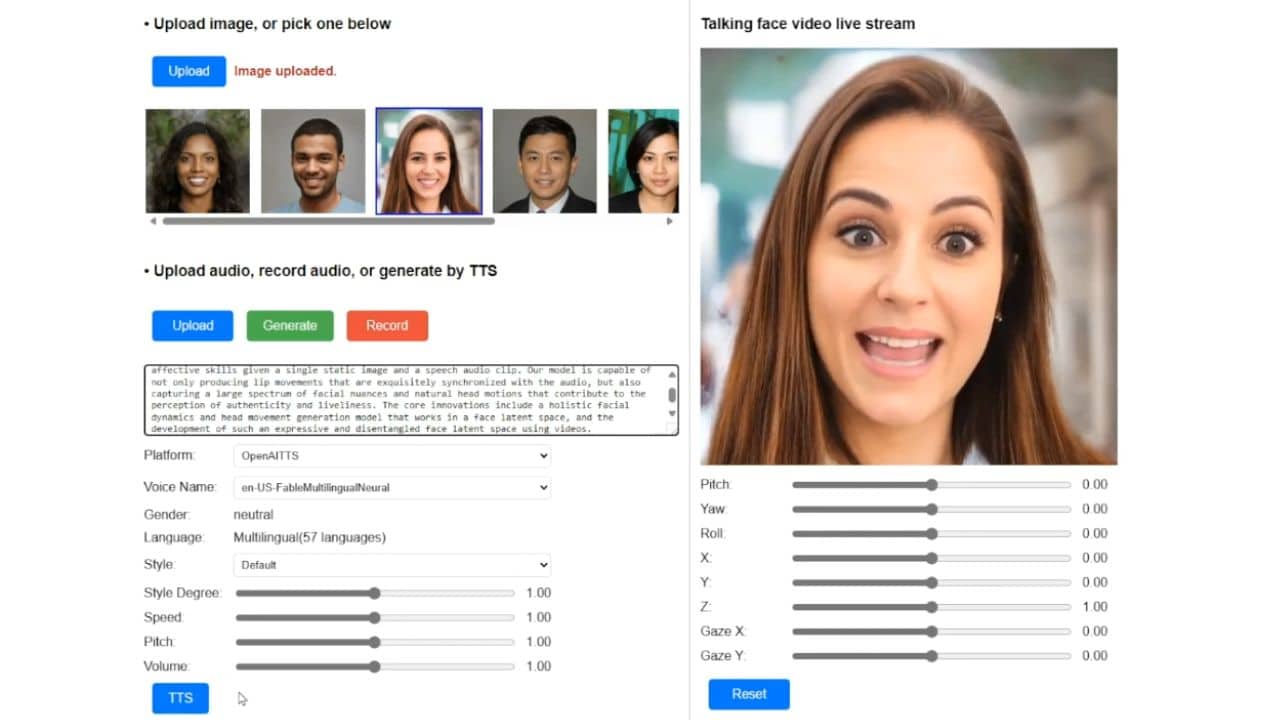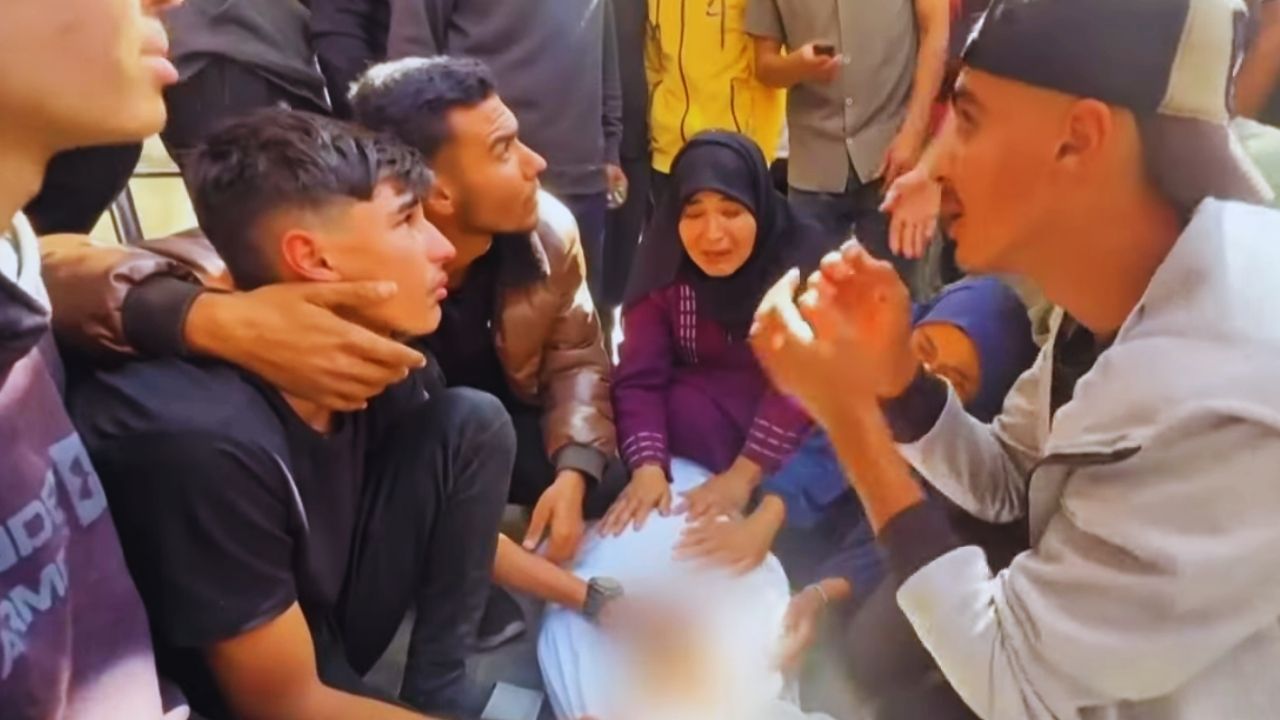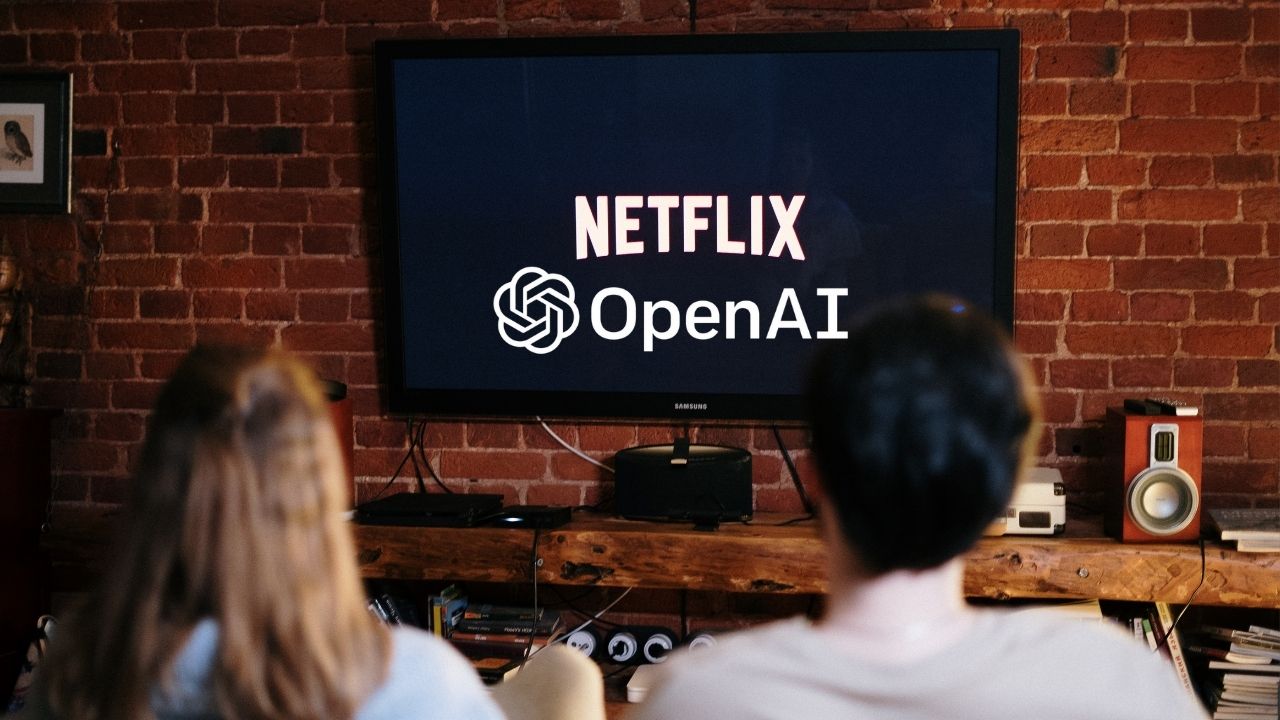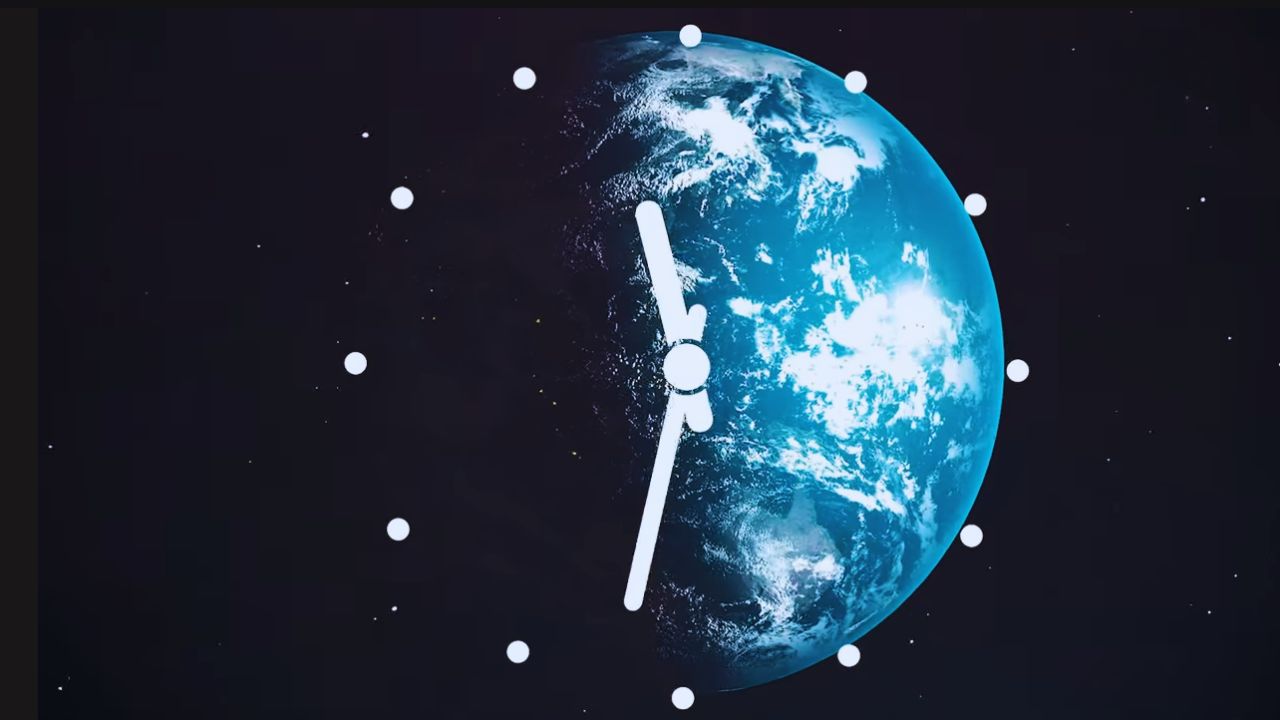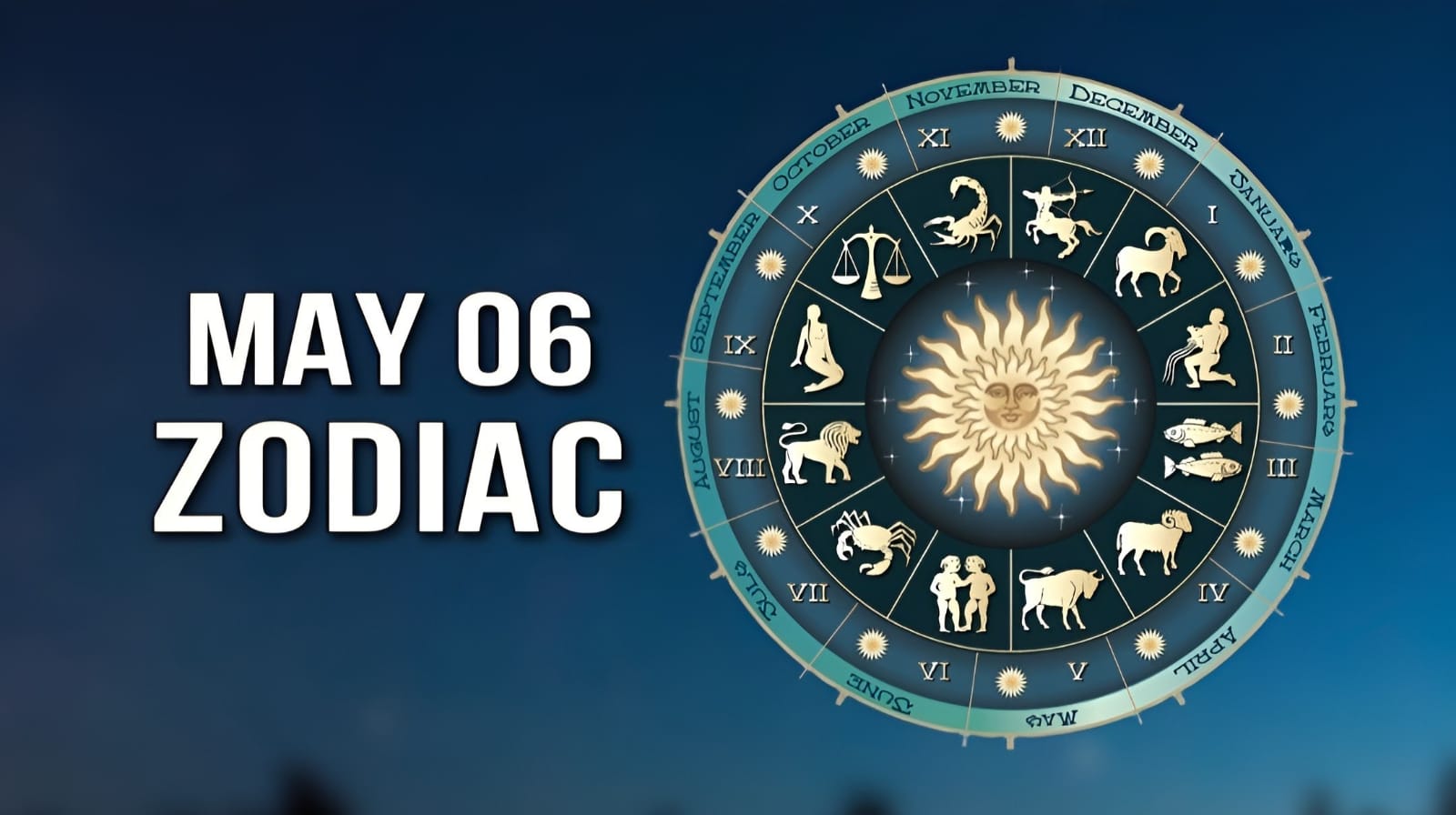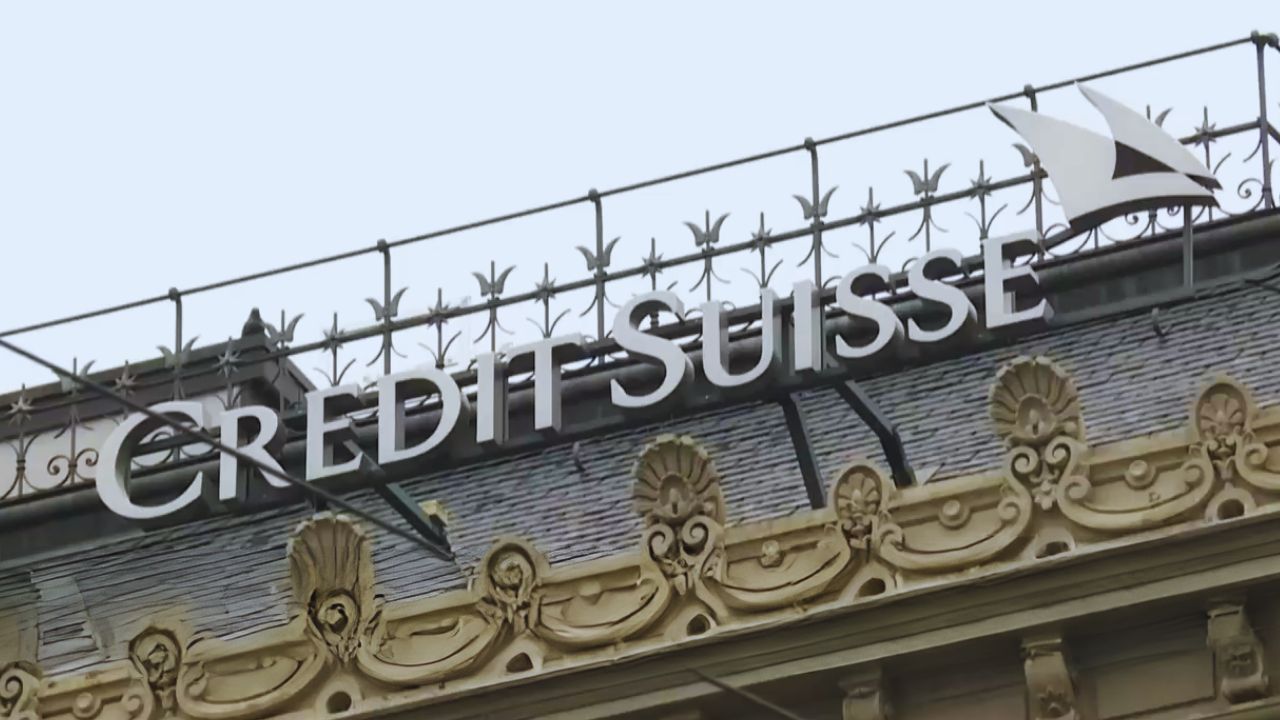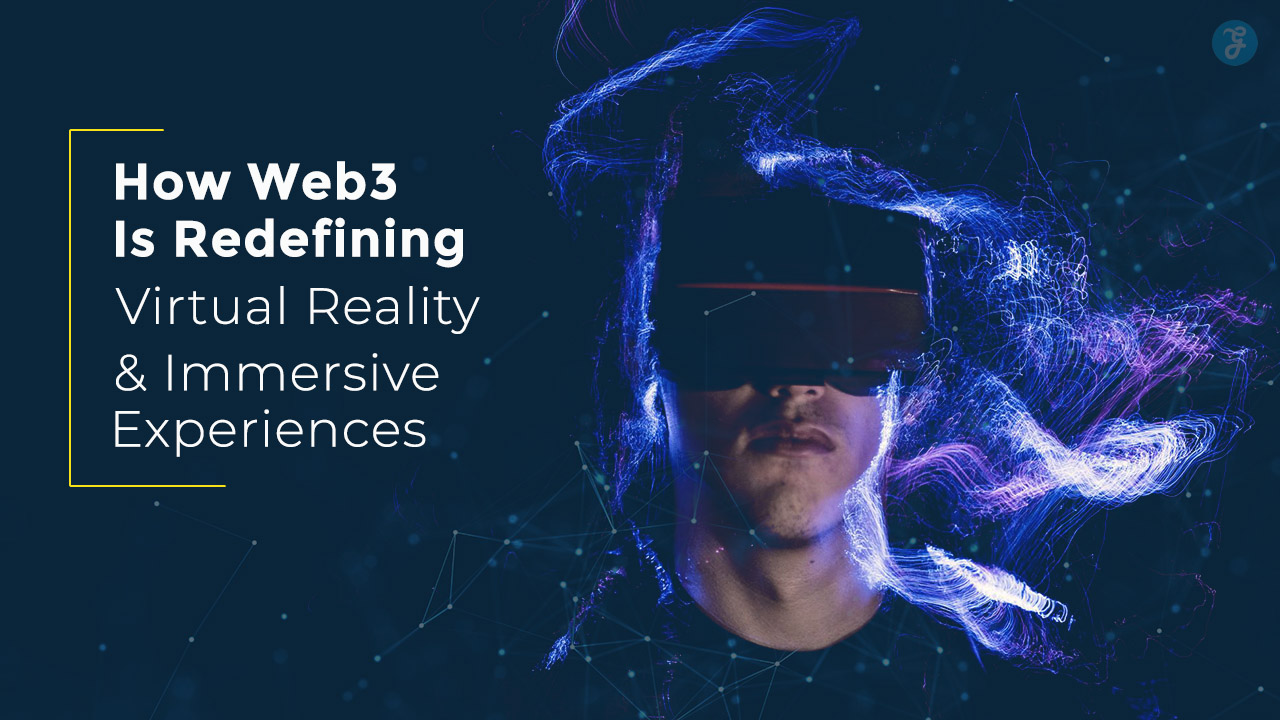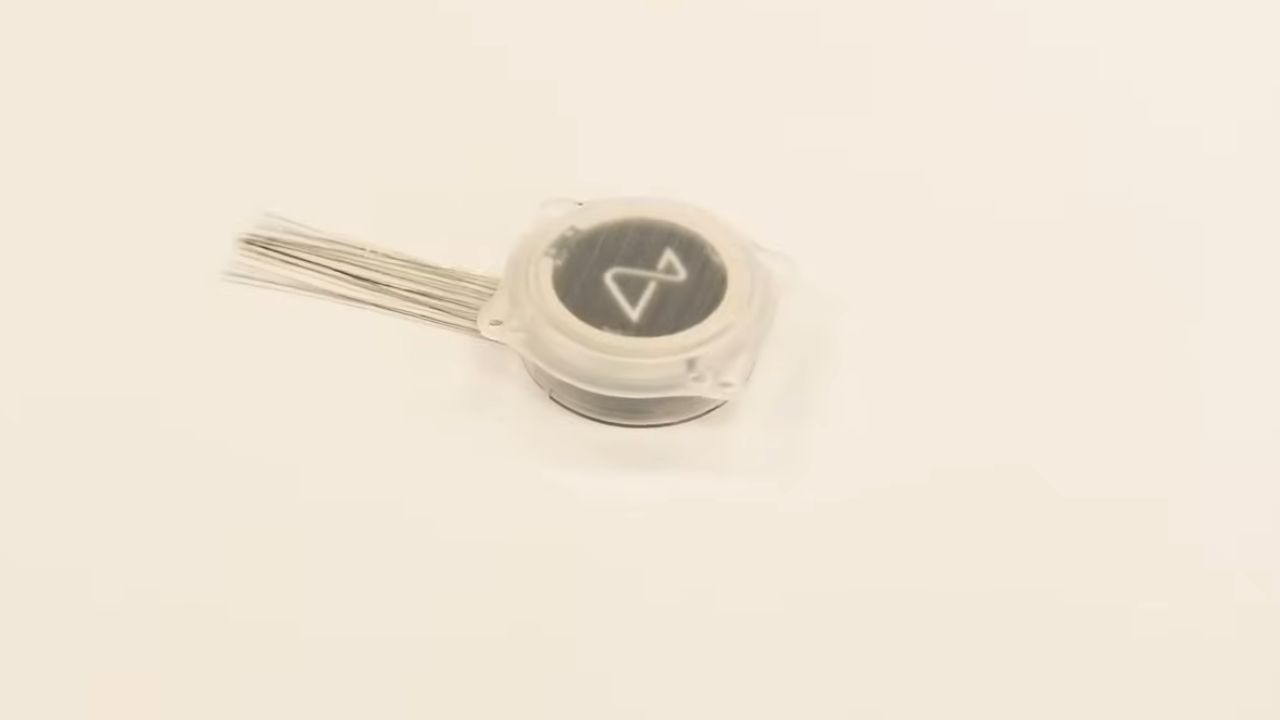Microsoft recently showcased VASA-1, an advanced lip-syncing AI tool capable of turning a still image of a person’s face into an animated clip that can talk or sing.
Not only does this innovative technology precisely synchronize lip movements with audio, but it also captures a wide range of facial nuances and natural head movements, thereby enhancing the authenticity and liveliness of the animations.
The technology behind VASA-1 is rooted in what Microsoft calls “holistic facial dynamics” and a head movement generation model that operates within a face latent space. The company claims that these advancements allow VASA-1 to significantly surpass previous methods in terms of performance.
Currently, VASA-1 remains a research demonstration, with no immediate plans to commercialize the product or release its API for public use. Microsoft’s goal with VASA-1 is primarily to demonstrate the capabilities of its lip-syncing model rather than bring it to market.
The AI accepts requests to determine where the animated character should look, how the subject’s head should be cropped, and the emotions displayed during speech, which can range from neutral to happy, angry, or surprised. To demonstrate VASA-1’s capabilities, Microsoft used AI-generated images from tools like DALL-E 3 or StyleGAN2, but it is also capable of animating real photographs.
One significant concern with this technology is its potential for misuse, particularly in creating fakes or spreading misinformation. For instance, it could theoretically make a public figure appear to say something they never did.
Microsoft acknowledges these ethical challenges and emphasizes the positive uses of VASA-1, such as enhancing virtual AI avatars. The company strongly opposes using its technology to create misleading or harmful content and is interested in applying it to improve forgery detection methods.
Despite their potential, VASA-1-generated videos still exhibit certain artifacts that distinguish them from real footage, indicating that there’s still a notable gap before achieving completely authentic video realism.
Microsoft notes that while the technology may not fool everyone, the risk of deception remains, especially among those less familiar with media manipulation.
Through VASA-1, Microsoft continues to explore the frontiers of AI and facial animation, aiming to drive innovation while also considering the ethical implications of such powerful technology.


